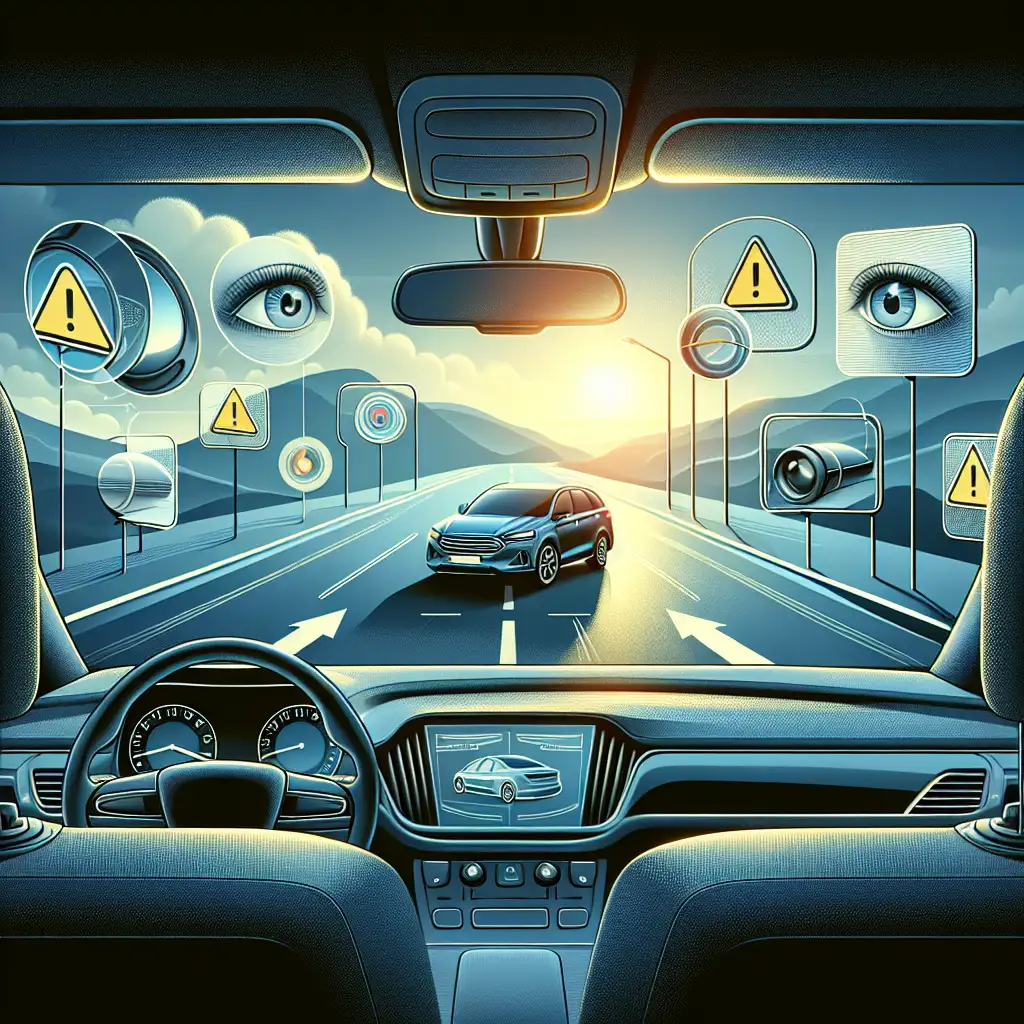Understanding Blind Spots and How to Eliminate Them
Learn how to adjust your mirrors and position yourself to minimize blind spots for safer driving.

Blind spots are a common concern for drivers, often leading to accidents if not properly managed. This article will guide you through understanding blind spots and provide practical tips for adjusting your mirrors and positioning to minimize them.
What Are Blind Spots?
Blind spots are areas around your vehicle that cannot be directly observed by the driver while at the controls. These areas are typically located on the sides of the vehicle, just behind the driver's peripheral vision. Understanding these zones is crucial for safe driving.
Why Blind Spots Matter
Blind spots are significant because they can hide other vehicles, cyclists, or pedestrians from your view. This can lead to dangerous situations, especially when changing lanes or merging onto highways. According to the National Highway Traffic Safety Administration (NHTSA), blind spot-related accidents account for a substantial number of road incidents each year.
Adjusting Your Mirrors
Side Mirrors
Properly adjusting your side mirrors is the first step in minimizing blind spots. Here's how you can do it:
- Sit in your normal driving position.
- Lean your head to the left until it almost touches the driver's side window. Adjust the left mirror so you can just see the side of your car.
- Lean your head to the right, aligning it with the center of the car. Adjust the right mirror similarly.
Rearview Mirror
The rearview mirror should be adjusted to give you a clear view of the road behind you. Ensure it is centered and provides a full view of the rear window.
Positioning Yourself
Your seating position can also affect your ability to see blind spots. Follow these tips for optimal positioning:
- Adjust your seat so you have a clear view of the road and mirrors.
- Ensure your seat is at a height where you can see over the dashboard comfortably.
- Keep your hands at the 9 and 3 o'clock positions on the steering wheel for better control and visibility.
Using Technology to Assist
Modern vehicles often come equipped with technology designed to help eliminate blind spots. These include:
- Blind Spot Monitoring Systems: These systems use sensors to detect vehicles in your blind spots and alert you with visual or auditory signals.
- Rearview Cameras: Useful for backing up, these cameras provide a clear view of what's behind your vehicle.
- Lane Departure Warning Systems: These systems alert you if you unintentionally drift out of your lane, which can be helpful in maintaining awareness of your surroundings.
Practical Tips for Safe Driving
In addition to adjusting mirrors and using technology, here are some practical tips to enhance your driving safety:
- Always check your blind spots by turning your head before changing lanes.
- Use your turn signals to indicate lane changes, giving other drivers time to react.
- Maintain a safe following distance to give yourself more time to react to sudden changes.
 CarChooser
CarChooser